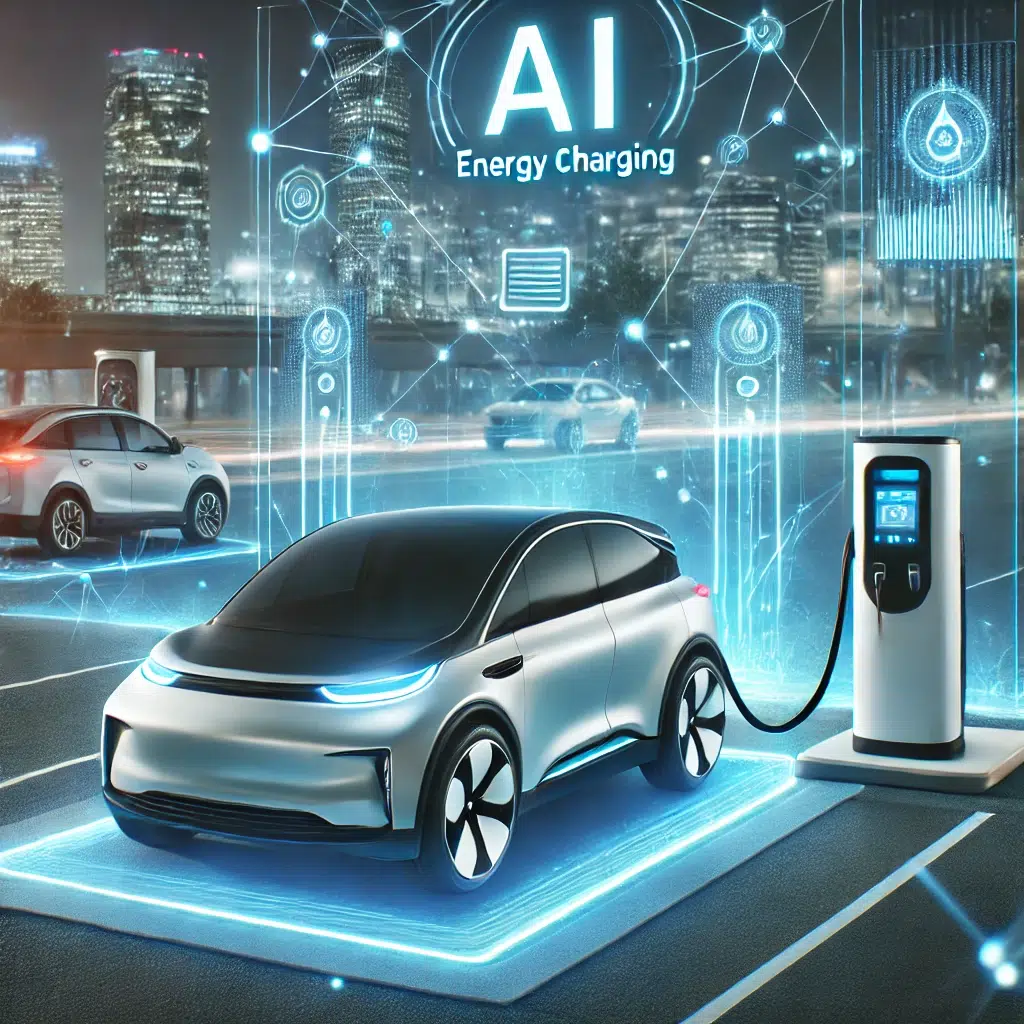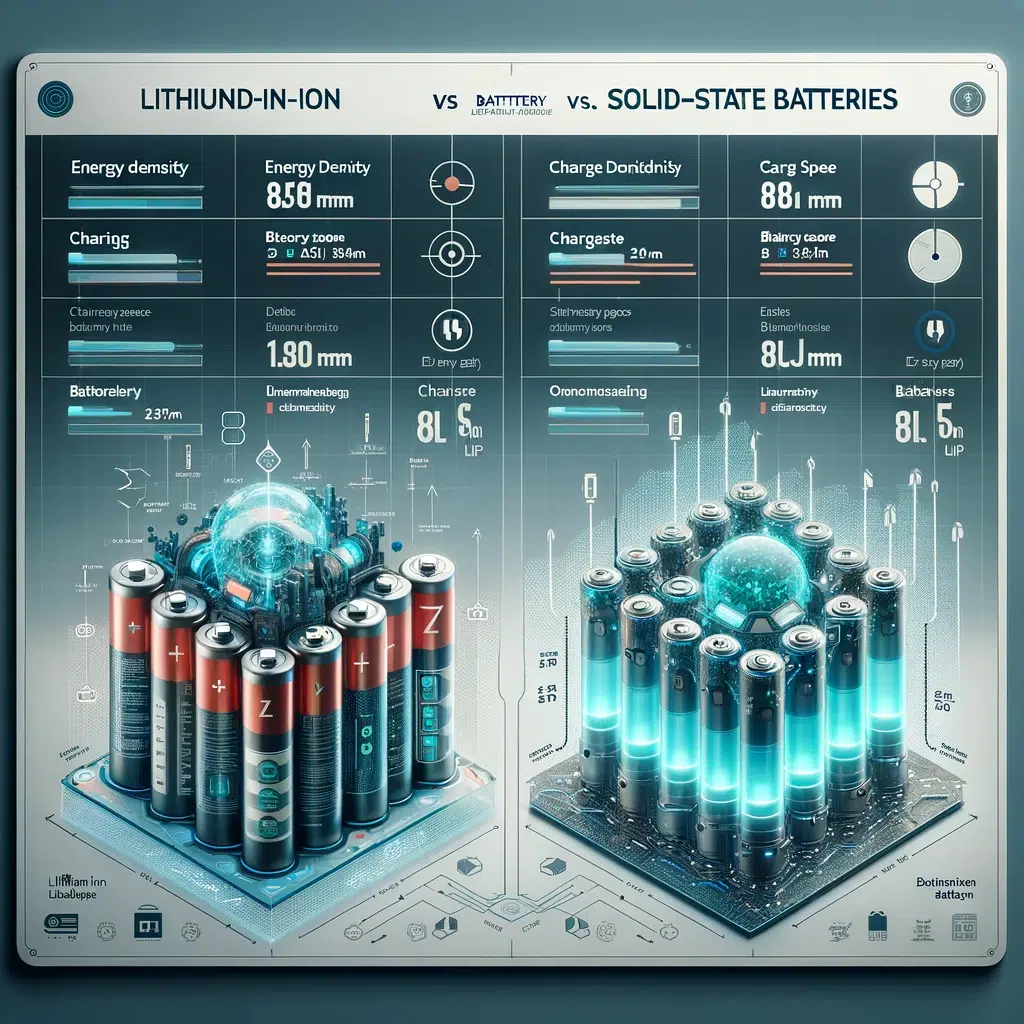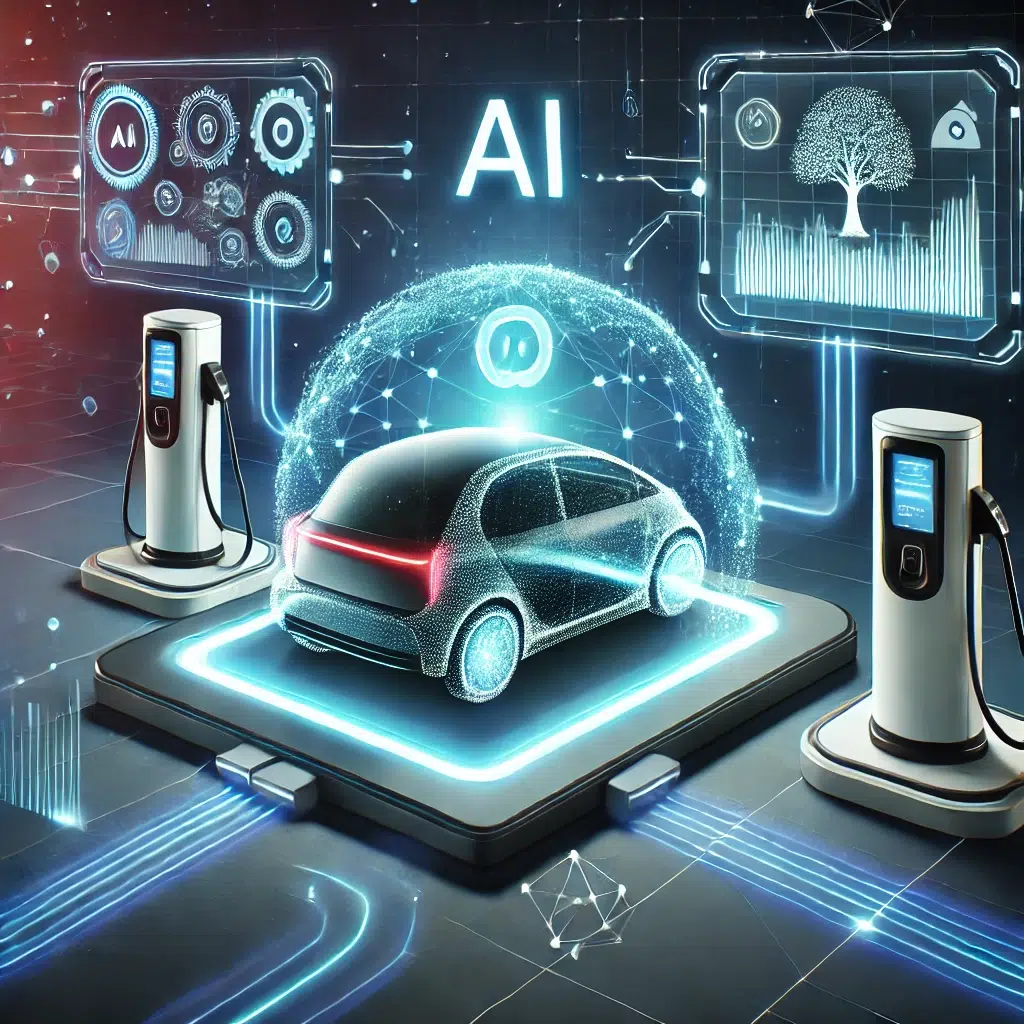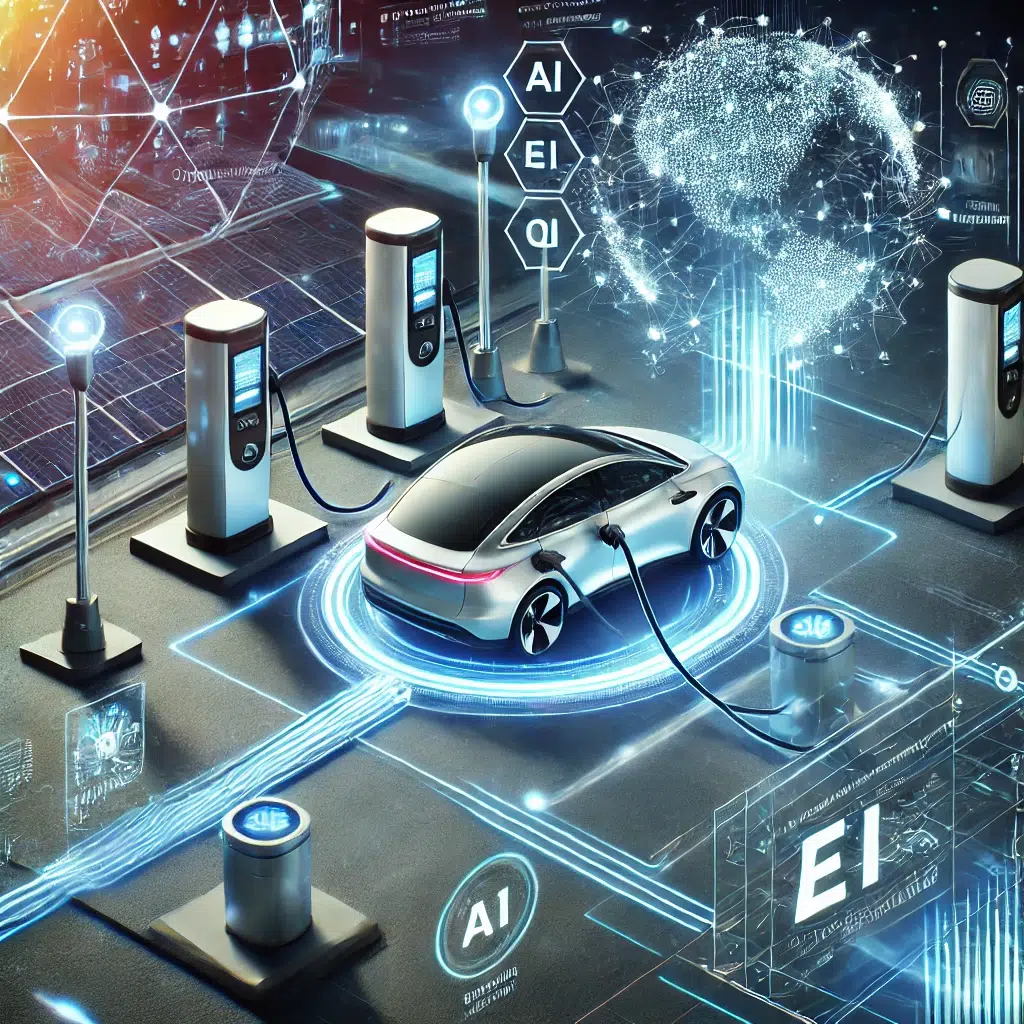Introduction: How the Future of Electric Vehicles is Changing the Industry
The automotive industry is undergoing a historic transformation. Electric vehicles (EVs) are no longer just an alternative to gasoline-powered cars—they are becoming the dominant force in transportation. By 2030, experts predict that over 50% of new car sales will be electric, driven by technological breakthroughs and growing global demand.
Several factors are fueling this shift:
- Governments worldwide are phasing out gasoline-powered vehicles.
- Advancements in battery technology are improving efficiency and range.
- Charging infrastructure is expanding, making EV ownership more practical.
With these advancements, the future of electric vehicles looks promising. The next decade will bring cutting-edge innovations that enhance performance, sustainability, and accessibility. Below, we explore seven key developments shaping the future of EVs.
1. Solid-State Batteries: A Breakthrough in EV Performance
One of the primary limitations of EVs today is battery efficiency. While lithium-ion batteries are widely used, they present challenges such as slow charging times, limited range, and gradual degradation. However, solid-state batteries are set to revolutionize energy storage and vehicle performance.
Why Solid-State Batteries Are a Game-Changer
- Extended Range: Vehicles will travel over 600 miles per charge.
- Faster Charging: Recharge times will decrease to 10 minutes or less.
- Enhanced Safety: The risk of overheating and fire hazards will be significantly reduced.
- Longer Lifespan: EV batteries will last twice as long as traditional lithium-ion versions.
Companies such as Toyota, Samsung, and QuantumScape are actively developing this technology, with mass production expected before 2030.
📌 External Resource: MIT Technology Review: Solid-State Battery Breakthroughs

2. Wireless Charging: The End of Plugging In
Traditional EV charging requires physical cables and designated stations. This process, although effective, can be inconvenient for drivers. With the introduction of wireless charging, EVs will soon charge without the need for plugs.
Current Developments in Wireless Charging
- Germany and Sweden have begun testing electrified highways that wirelessly charge moving vehicles.
- Michigan, USA, is building the world’s first wireless EV road for public use.
- Tesla and BMW are developing wireless home charging pads for personal EV owners.
Wireless charging technology is expected to eliminate the reliance on bulky cables, making the charging process seamless and efficient.
📌 External Resource: Forbes: The Future of Wireless EV Charging

3. AI-Powered Charging Networks: Smarter, Faster, More Efficient
Electric grids are under increasing pressure due to the rising number of EVs on the road. To address this challenge, AI-powered smart charging networks are being introduced to optimize energy use, reduce costs, and improve charging efficiency.
How AI Will Improve EV Charging
- Smart Scheduling: AI will determine the most cost-effective charging times.
- Grid Load Balancing: Energy distribution will be optimized to prevent overloads.
- Dynamic Pricing: AI-powered systems will adjust costs based on real-time electricity demand.
Major companies, including Tesla, ChargePoint, and Ionity, are already implementing AI-based solutions to streamline charging infrastructure.
📌 External Resource: World Economic Forum: How AI is Revolutionizing EV Charging

4. Solar-Powered EVs: Reducing Grid Dependence
The concept of solar-powered vehicles is becoming a reality. New advancements in integrated solar panels allow EVs to generate electricity while parked or driving, reducing reliance on traditional charging stations.
Advantages of Solar-Powered EVs
- Vehicles such as the Lightyear 2 and Aptera can generate up to 40 miles per day using solar panels.
- Solar integration significantly reduces overall charging costs.
- Less dependence on grid power leads to lower carbon footprints.
By 2030, many automakers will offer solar-assisted EVs, helping to make vehicle charging more sustainable.
📌 External Resource: Electrek: The Potential of Solar-Powered EVs
5. Autonomous Electric Vehicles: A Self-Driving Future
Self-driving technology is evolving quickly, and by 2030, fully autonomous EVs will be commonplace. Many manufacturers are already testing self-driving features, with significant improvements in artificial intelligence and machine learning.
How Autonomous EVs Will Change Transportation
- Robo-Taxis: Companies like Waymo, Tesla, and Uber are working on driverless ride-sharing fleets.
- Level 5 Autonomy: Vehicles will navigate entirely without human intervention.
- Smart Traffic Systems: AI will regulate traffic flow, reducing congestion and accidents.
📌 External Resource: TechCrunch: The Future of Self-Driving EVs
6. EV Battery Recycling: Sustainability for the Future
The growing demand for EVs has raised concerns about battery waste. To address this issue, battery recycling and second-life applications are becoming essential in making EVs more sustainable.
How Battery Recycling Benefits EVs
- Recycling efforts help recover valuable materials such as lithium, nickel, and cobalt.
- Second-life batteries can be repurposed for home and business energy storage.
- Lower reliance on raw materials reduces manufacturing costs.
📌 External Resource: The Verge: The Future of EV Battery Recycling
7. EVs Will Soon Be More Affordable Than Gas Cars
The cost of EVs has traditionally been a barrier for many consumers. However, by 2030, electric cars are expected to be cheaper than their gasoline counterparts, thanks to advancements in production and government incentives.
Why EVs Will Soon Be More Affordable
- Battery prices are expected to drop by 50% by 2027.
- Several governments are offering tax incentives to encourage EV adoption.
- EVs require less maintenance compared to gas-powered cars, leading to lower ownership costs.
📌 External Resource: Bloomberg: Why EVs Will Soon Be Cheaper Than Gas Cars
Conclusion: The EV Revolution is Happening Now
By 2030, electric vehicles will dominate the market, making transportation more sustainable, affordable, and efficient. As new technologies emerge, EVs will become more appealing to a wider range of consumers.
Key Takeaways
The introduction of solid-state batteries will dramatically improve EV range while reducing charging times.With wireless charging, the need for plug-in stations will soon become obsolete.AI-driven charging networks will enhance efficiency and optimize power usage.The advancement of solar-powered EVs will reduce reliance on the electrical grid.As technology evolves, autonomous electric vehicles will reshape urban mobility.
🚗 The future of electric vehicles is here. Are you ready?
📌 External Resource: BloombergNEF’s EV Market Outlook
🔗 More from Khaled Hawari (Kal Hawari Ottawa)
Khaled Hawari (Kal Hawari) is based out of Canada, Ottawa, and is well versed in finance, accounting and fintech. With many years of experience in studying DeFi, traditional bluechip investments as well as graduating top of his class in undergrad, this article is a combination of personal opinion and research. From time to time, inspiration kicks in, and a drastically different topic of interest will be discussed and shared here!
- Want to stay connected and explore more insights? Visit Khaled Hawari’s blog to access:
- My latest articles on finance, fintech, AI, and technology
- Professional profiles and socials:
- Podcasts, interviews, and guest features




